“I believe that Hong Kong customs [officers] will do a good job testing the ingredients. I am only afraid that the testing will delay the delivery of the ingredient and affect the freshness.”
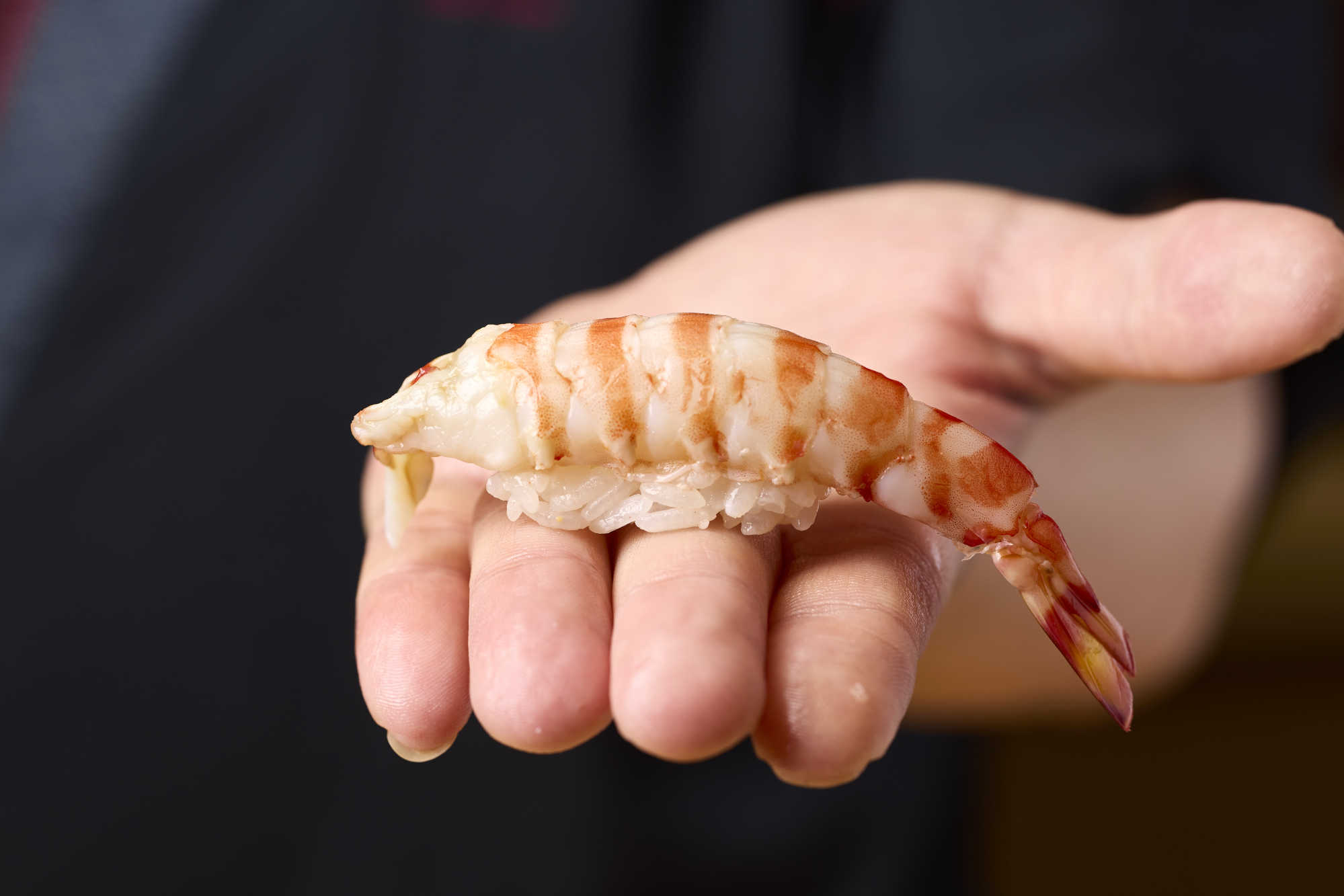
Alex Wong, an Instagrammer who reviews restaurants independently under the handle @awong.foodieland, is a passionate omakase diner. He expresses zero concern over whether the release of radioactive waste water from Fukushima will affect his eating of omakase or cause him to put off a visit to Japan to eat.
“The dining experience is way more important for me,” he says.
“It could be because my friends and I are all under 35 years old, and we don’t have children and don’t plan to, but none of my friends’ appetites for omakase have been affected by the news about the waste water.”
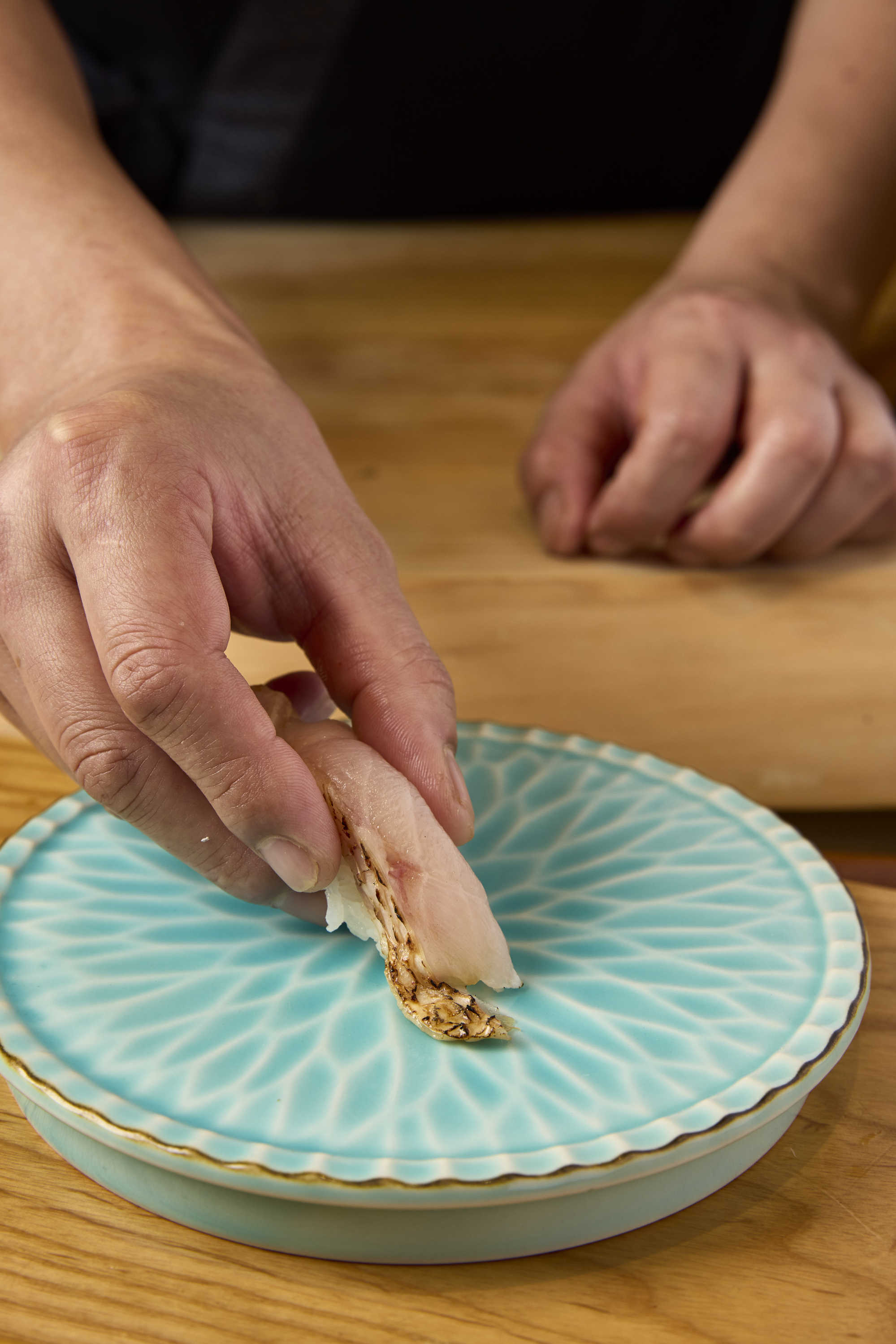
Hongkongers love omakase. The city is home to heavy hitters such as the three-Michelin-star Sushi Shikon, and offshoots of famous restaurants in Japan such as Sushi Saito, Sushiyoshi and Sushi Wadatsumi.
Hong Kong has traditionally been the place where top chefs from Japan choose to open an outlet to expand their clientele and cut their teeth in the international market.
Almost a year ago, chef Kouya Takahashi opened a 12-seat omakase restaurant, Yashima, on Kau U Fong in Central.
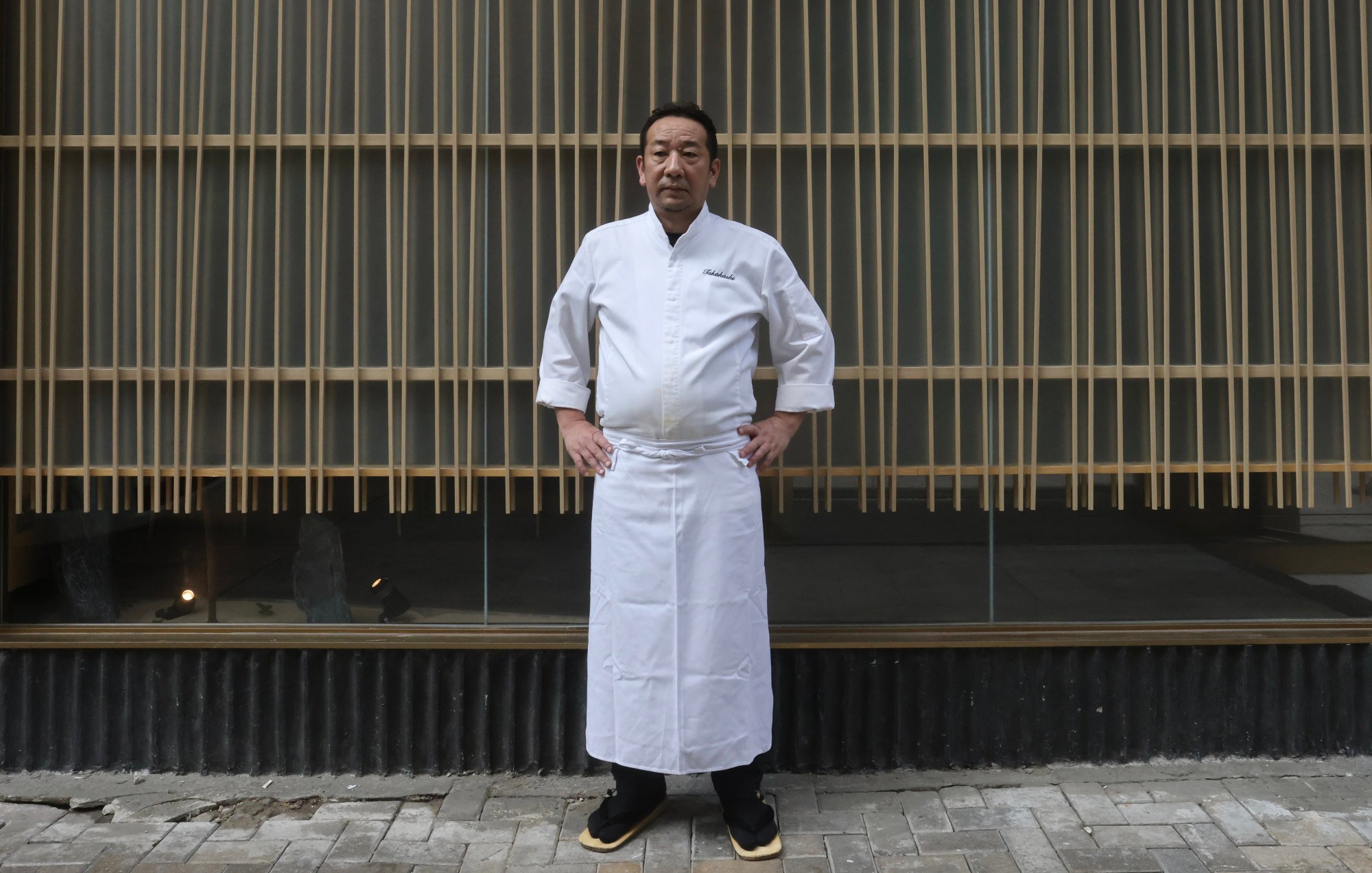
“As a Japanese chef, my passion is to spread the joy of food and allow more people to taste the food I make,” Takahashi says.
“Hong Kong people’s love for Japanese culture is second to none outside of Japan. I think people here love omakase because you get to taste the freshest ingredients prepared in a simple manner.”
He explains that because Hong Kong is where Western and Asian cultures mix, diners tend to have high expectations when it comes to food.
“Hence, the standard of omakase sushi here is generally quite high. That’s why I chose to come to Hong Kong, as I would like the people here to experience my authentic Japanese cuisine.”
There are times when I realised my omakase menu was different from the one served to the customer next to me. I felt like my trust was betrayed
There is, however, a key difference between the omakase experience in Japan and Hong Kong: in Japan, diners do not know what they will get until it appears in front of them, while in Hong Kong, restaurants usually have set menus that give an idea of what will be served – or at least how many courses there will be.
“In Japan, when diners go to omakase, they genuinely trust the chef for their selection,” says Gary Suen, a long-time food blogger. “In Hong Kong, people need to know the deal they’re getting. It’s a different mentality.”
Suen thinks omakase is a good business model.
“Omakase sounds more premium, so you can charge more. And from the point of view of prep work for the kitchen, it is easier to manage ingredients. They can better estimate in terms of revenue per cover.”
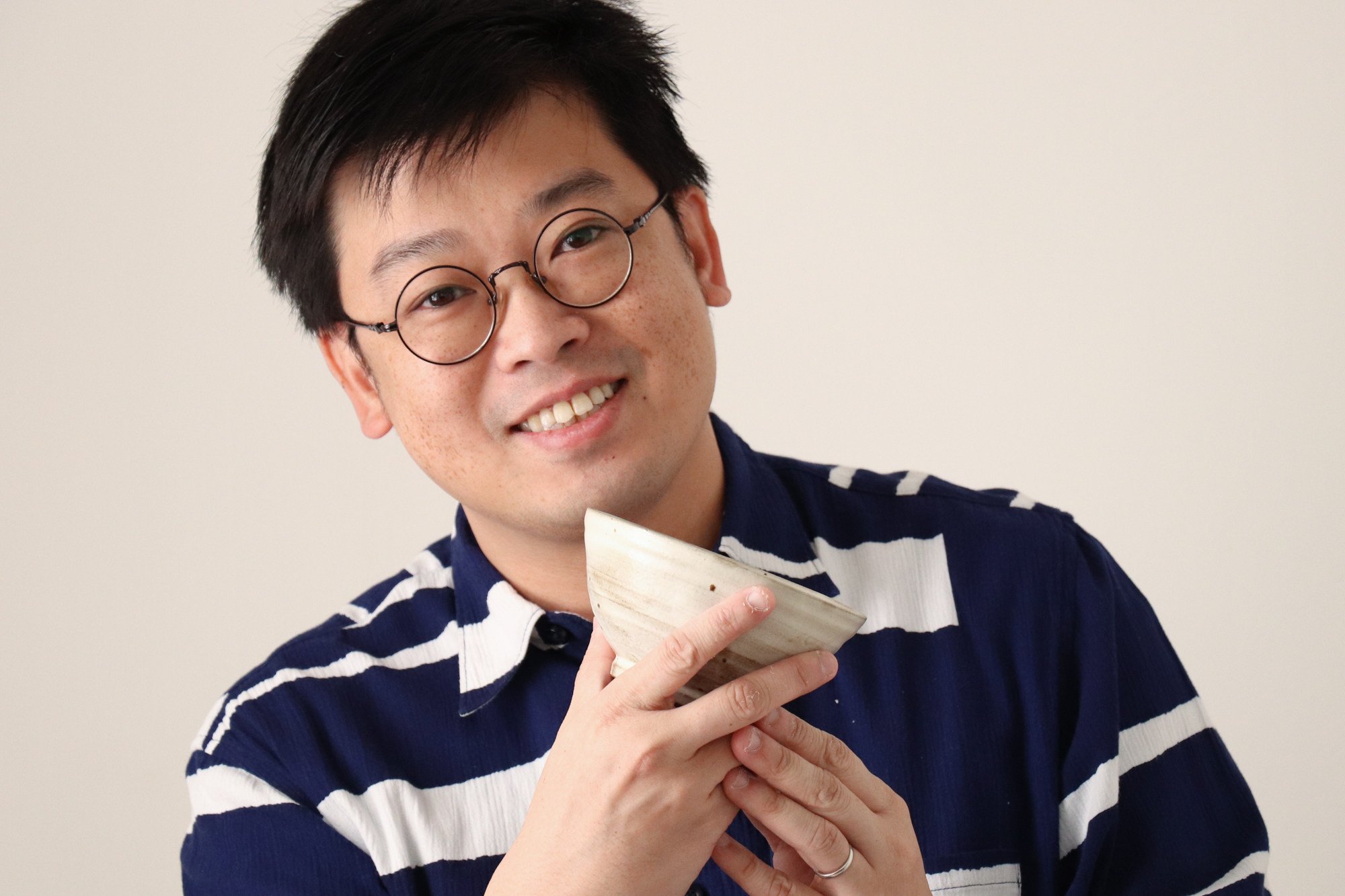
Masashi Kamatani is managing director of AP Place Hong Kong, the parent company of Kicho, a yakitori, or Japanese chicken skewer restaurant. He says that the omakase concept is all about the trust and communication between the diner and the chef, while it also encourages interaction during the dining experience.
“This dining style has gained global popularity and recognition over the past few years, expanding to sashimi, tempura, yakitori and more, not just limited to sushi any more.”
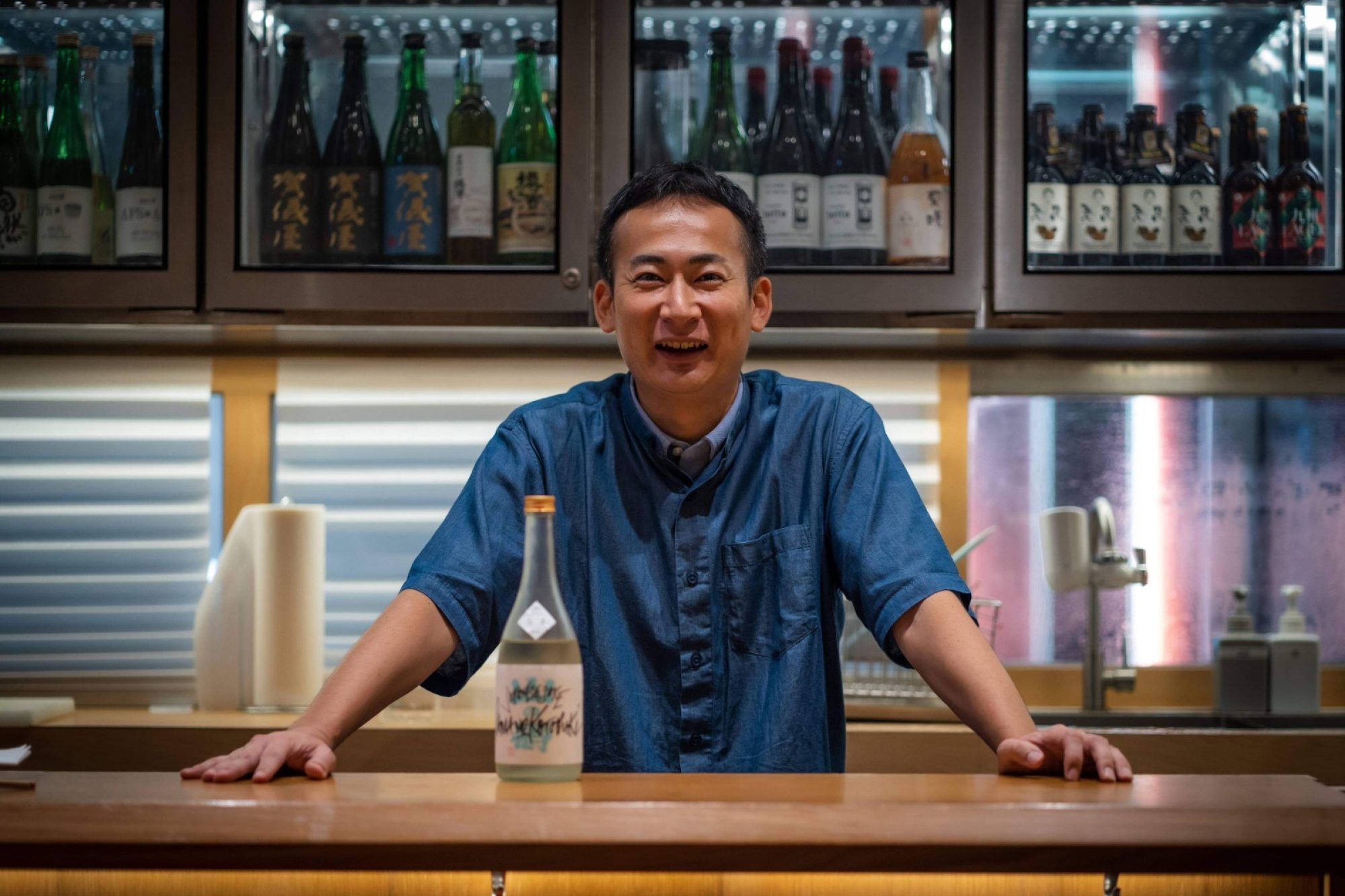
Wong, apart from posting frequently on his Instagram, is an active member of a popular omakase Facebook group in Hong Kong and allocates half his dining-out budget to fine dining and omakase restaurants each month.
His favourites in Hong Kong are Araki and Sushi Mori. The latter is an exclusive omakase venue that is not open to the public and relies on a country-club-style referral system to grow its clientele.
According to Wong, the 10-seater establishment is always full. It is here that he can experience the joy of a real trust-based omakase, he says.
“First of all, I really like [chef] Mori-san’s balance of acidity in his sushi rice. We know that he really splurges on ingredients and diners get high quality,” he says.
“For me, a good omakase relies on three things. The most obvious is the chef’s access and willingness to spend on the best ingredients. Second would be how the chef treats the product, such as his knife skills, use of marinade and sauces and so on.
“Lastly is the sushi rice and how that matches the ingredient, the acidity, salinity, stickiness and the actual quality of the rice. How these elements come together and balance is the magic of a good sushi experience.”
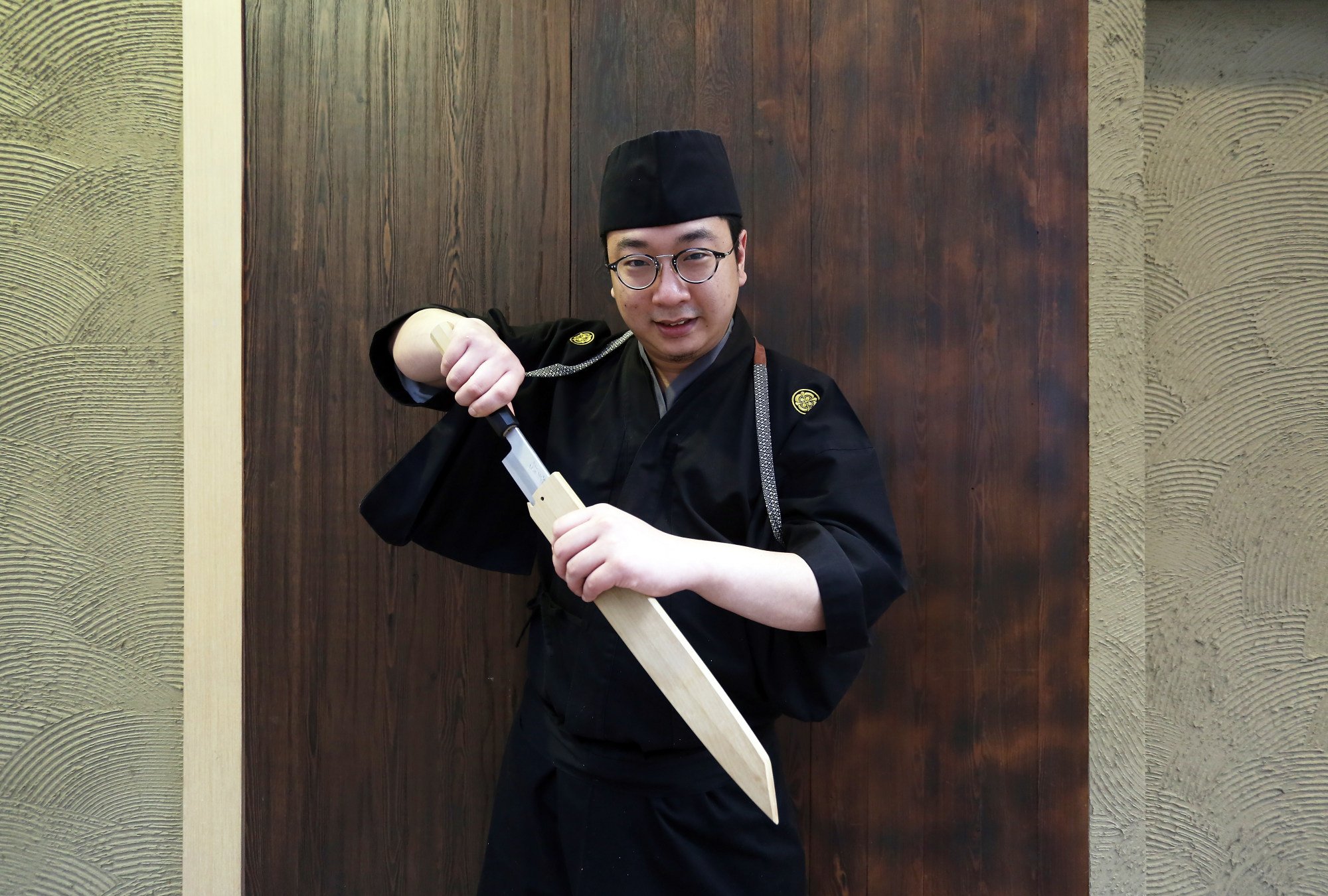
Wong says his favourite thing about Sushi Mori is that the chef isn’t afraid of experimentation. Like any relationship based on trust, communication goes both ways and Wong says that he gives his opinion freely to the chef when something new is not working.
It is because of this open and honest communication that the chef can improve and progress. According to Wong, chef Mori switches out most of his menu every season. Wong feels he gets something new each visit, which is about three or four times a year.
“Some people dine at Sushi Mori once a month,” Wong says. “But now that the borders are open I would rather save some of my budget for eating in Japan.”
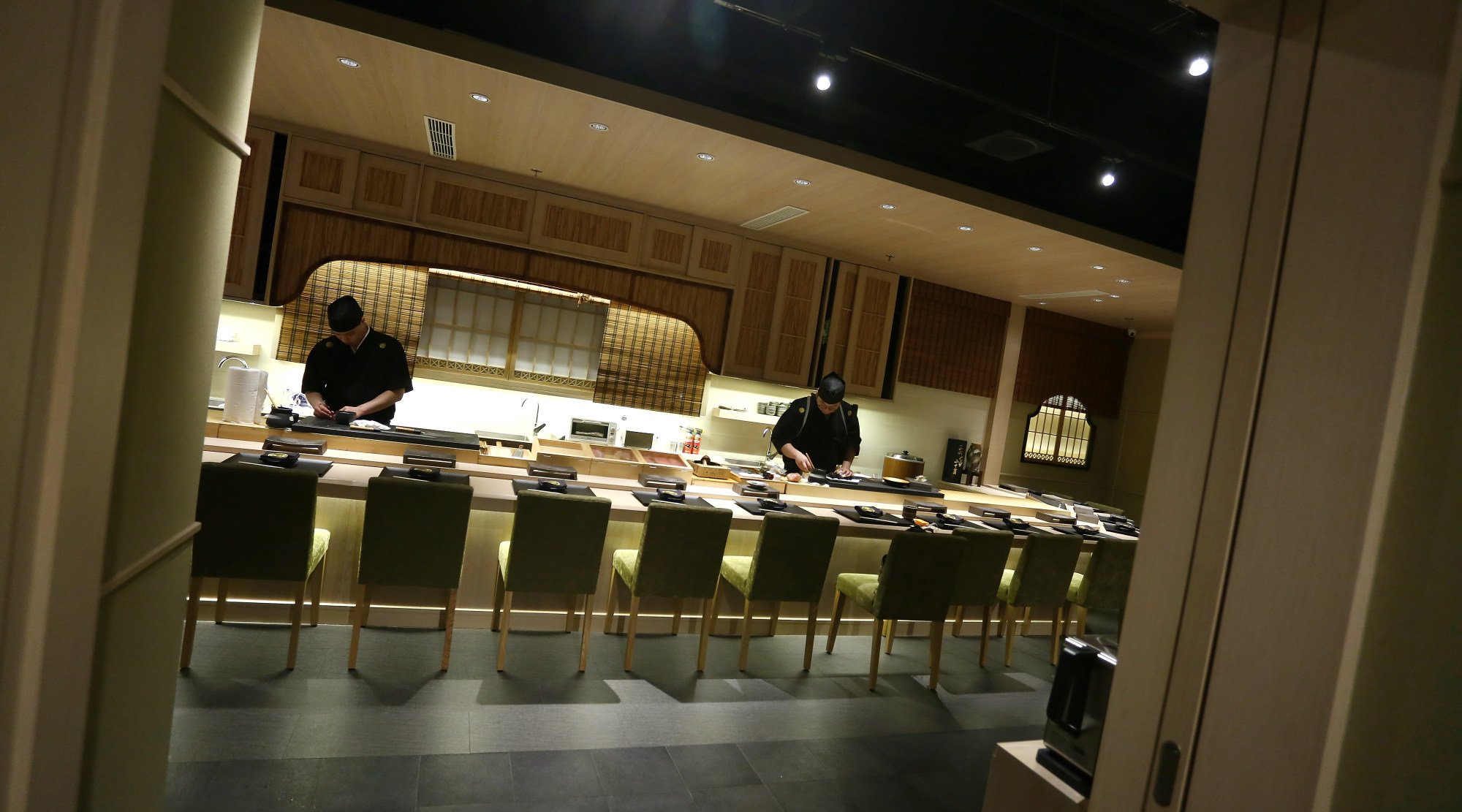
The Sushi Mori type of referral-only omakase establishment has long existed in Japan and they typically do not welcome the idea of tourists possibly upsetting the relationship the chef has with his regular clientele.
However, like so many elements of the restaurant business, the Covid-19 pandemic changed that to some extent.
“There are only a handful of famous establishments left that are still referral-only in Japan,” Wong says. “A lot of restaurants opened online reservation systems, such as Sugita and Sugawa.”
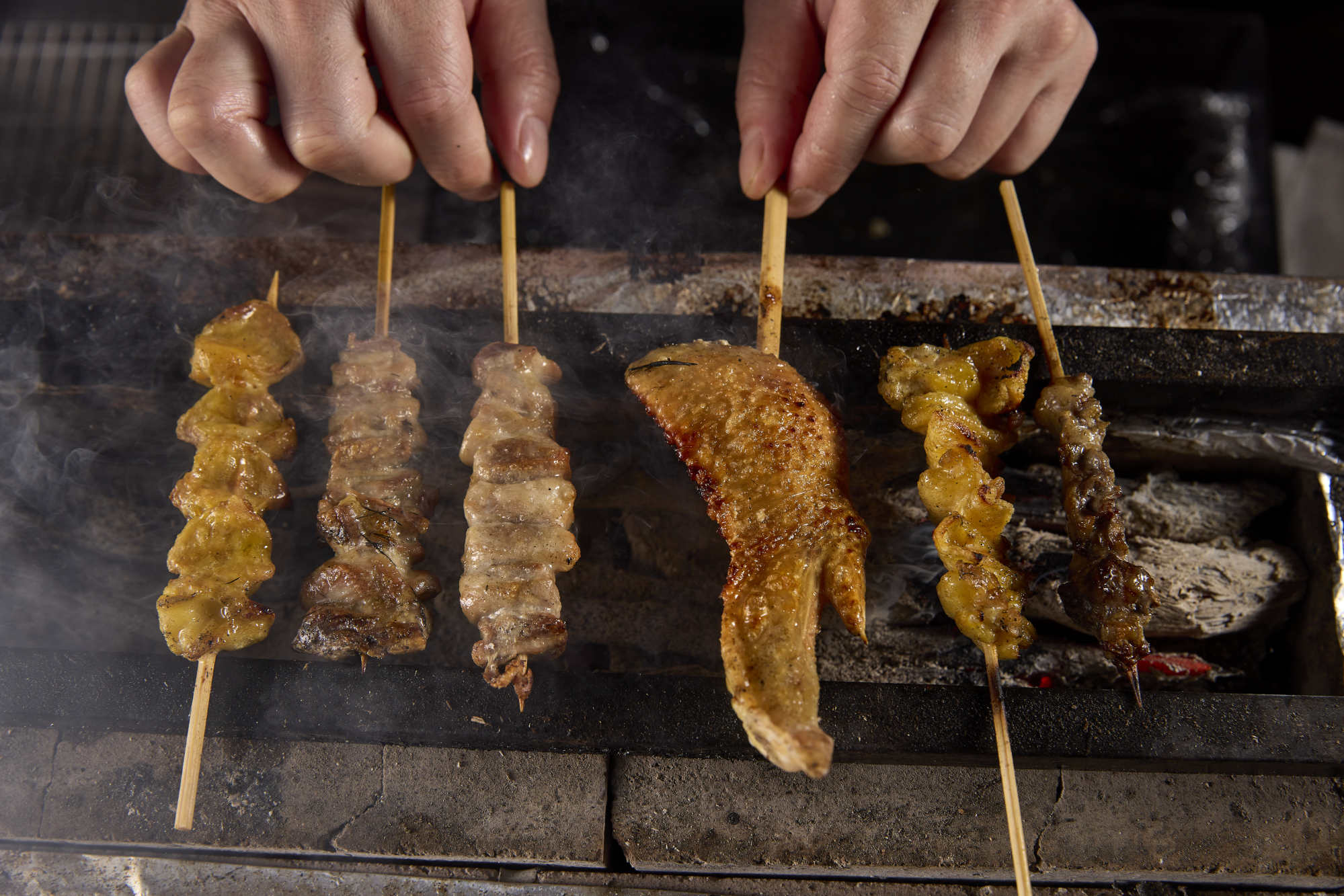
The relationship that customers have with their omakase chef cuts both ways. If the trust between them is broken, it can be as bitter as any break-up – something that Suen has experienced first-hand.
“There are times when I realised my omakase menu was different from the one served to the customer next to me. I felt like my trust was betrayed,” he says.
“The chef might have thought he could pull it off once and get away with it, or maybe he doesn’t want customers like me. I put my blind trust in someone and I accept the consequences, but of course I never returned.”
Chinese-Japanese artist’s picks for Japanese, Cantonese food in Hong Kong
Chinese-Japanese artist’s picks for Japanese, Cantonese food in Hong Kong
Which brings us back to why omakase works a little differently in Hong Kong.
“I think that trust and also communication are certainly needed when it comes to omakase,” Takahashi says.
“Perhaps the reason why you may find omakase restaurants offering more of a set-like menu in Hong Kong is partly because it is more difficult for Hong Kong customers to trust the chef, particularly a non-Japanese chef.
“Hence a set-like menu may just be easier to meet the expectations of the customers.”
Whatever a diner’s relationship with their go-to omakase chefs, it is likely to soon be tested in Hong Kong.

